Birth
July 24, 1753
Education
Home SchooledDeath
November 14, 1813
Religion
ChristianityMary Steele was a poet who published seven works and was most well-known for authoring Danebury.
Personal Information
Name(s)
Mary Steele [later Dunscombe]
Date and place of birth
Broughton, Hampshire, July 24, 1753.
Death and place of death
Broughton, Hampshire, November 14, 1813. See Will of Mary Steele, Public Record Office, PROB 11/1549.
Family
Mother: Mary Bullock of Yeovil (1713-62) married William Steele in 1749. After her mother’s death in 1762, Mary Steele visited Yeovil annually to see her uncle, George Bullock (d. 1775), and her close friend Mary Scott (1751-1793) of nearby Milborne Port. Steele appears to have inherited her uncle’s estate, continuing her visits to Yeovil into the early 1800s.
Stepmother: Martha Goddard of Pershore (1734-91) married William Steele in 1768. She was the daughter of Mark Goddard of Bristol; she spent her youth primarily with her sister, Elizabeth Godddard, who married the Revd John Ash, Particular Baptist minister at Pershore, in 1751. His daughter, Elizabeth (b. c. 1753), mastered Latin as a child and became a close friend of Mary Steele.
Father: William Steele IV (1715-85) was the son of Anne Froude (1684-1720) and William Steele III (1689-1769), timber merchant and Baptist minister at Broughton. William IV continued the family’s agricultural and business interests and became a prominent layman among the Baptists in the West Country and a founding member of the Bristol Education Society in 1770. He purchased Broughton House in 1758, a spacious Georgian mansion that remains to this day.
Siblings: Anne Steele (February 24, 1769-1859), Mary’s half-sister, married Joseph Tomkins (1763-1847) of Abingdon on December 13, 1791. She, along with her sister Martha and half-sister Mary were recipients as children of a set of poems by their aunt, Anne Steele (1717-78), entitled Verses for Children (not published till 1788). After Mary Steele’s death in 1813, Anne Tomkins inherited the Steele family home Broughton House and shortly thereafter moved into the spacious mansion with her family and sister Martha.
Anne’s eldest daughter, Mary Steele Tomkins (1793-1861), attended a boarding school for girls in Peckham c. 1803-06, operated by Sarah Norton Biggs (1768-1834), a close friend of Mary Steele and Anne Tomkins. Mary Tomkins married Charles Carpenter Bompas (1791-1844) of Bristol in 1822 and in 1839 settled at 11 Park Road, Regent’s Park, London, where they became friends with Charles Dickens through Mary Biggs Evans, a proofreader at the publishing firm of Bradbury and Evans and daughter of Sarah Norton Biggs. Charles Bompas served as the model for “Mr. Serjeant Buzfuz” in Dickens’s Pickwick Papers. Martha (August 26, 1770-1834), also a half-sister, never married. A brother William died in infancy in 1772.
Marriage and Family Life
Steele was approached by a suitor in 1776 but rejected him, just as Anne Steele did on at least two occasions. In her teens, Mary Steele appears to have committed herself to following in her aunt’s footsteps as a poet and to living a single life, much like her friends Mary Scott and Elizabeth Coltman. Coltman never married; Scott married at 38 and Steele at 43 to the Rev. Thomas Dunscombe (1748-1811), an old family friend. Her sonnet to her husband upon the occasion of their marriage suggests that, despite her age, she still had fears about Love’s “fond Illusion” (Whelan, Nonconformist Women Writers 3.156). Her adult life was marked by devotion to her father, stepmother, two half-sisters, nieces and nephews, one live-in companion, and her literary friends within the Steele Circle.
Education
Her early education was provided by her mother and Anne Steele, the latter serving thereafter as her surrogate mother, literary model and critic, and spiritual advisor. Between 1766 and 1769 she attended Mrs. King’s boarding school in Hackney, possibly the same or at least in the same vicinity as the school attended by Mary Scott and Elizabeth Coltman. Her experiences at Mrs. King’s, vividly depicted in her c. 1780 spiritual autobiography, shaped her views toward religion, poetry, and the primacy of female friendships. It was during her school days that she composed Danebury, generally considered by her family and friends as her most important poem.
Religion
Raised an orthodox Particular Baptist, Mary Steele’s early lessons in religion came from her aunt, Anne Steele, and her father, with the former espousing High Calvinism and the latter a more moderate evangelical Calvinism. As a teenager Mary Steele began to confront the issue of free will and predestination, a conflict that continued into the 1790s, one of the chief reasons she delayed her membership in the Broughton Baptist Church until 1795. As her spiritual autobiography reveals, she moved steadily away from the determinism of High Calvinism toward a more “rational Christianity,” a movement similar to that of her Unitarian friend, Mary Scott, and her London Baptist contemporary, Mary Hays.
Transformation(s)
Her most significant transformation occurred in 1769, when she committed herself to a life of artistic expression grounded within a scribal coterie of like-minded women (the Steele Circle). Her poetic style steadily developed in tandem with the larger movement in poetic trends, but her themes, whether politics, religion, family or friends, were consistently generated by her interactions within a wide circle of women residing in the West Country, Leicester, and London.
Contemporaneous Network(s)
Mary Steele assumed the mantle of poet from her two aunts, Anne Steele (“Sylviana,” “Theodosia”) and Mary Steele Wakeford (“Amira”) (1724-72), one a famed hymn writer and the other an unknown but nevertheless gifted poet in her own right. Mary Steele (“Sylvia”) was joined in the second generation by two poets, Mary Scott (“Myra”) (1751-93) and Marianna Attwater (“Maria”) (1742-1832), and Marianna’s sister, Jane Attwater (“Myrtilla”) (1753-1843), a prolific diarist. Two Bluestockings were also known to Steele and Scott: Hannah More (1745-1833) of Bristol and Anna Seward (1747-1809) of Lichfield. By the mid-1780s Elizabeth Coltman (“Eliza”) (1761-1838) of Leicester had joined the Steele circle, bringing Steele into contact with Coltman’s circle of literary women in Leicestershire – Catherine Hutton (1756-1846), Susanna Watts (1768-1842), Elizabeth Benger (1775-1827), Elizabeth Coltman Heyrick (1769-1831), Mary Ann Coltman (1778-1871) (Heyrick’s younger sister), Jane Adams Houseman (1768-1837), and Mary Reid (1769-1839). In the mid-1790s, Mary Reid brought Steele into a third circle in London that included her former West Country friends Thomas Mullett (1745-1814), Joseph Jeffries Evans (1768-1812), Sarah Norton Biggs (1768-1834), and Jane Mullett Tobin (1782-1837), a circle that in 1799 collided with another circle involving William Godwin, Mary Hays, the diarist Henry Crabb Robinson (1775-1867), and eventually Elizabeth Benger.
less
Significance
Works/Agency
Published Works:
“To Miss Scott on reading ‘The Female Advocate,’” The Lady’s Magazine 5 (1774), 662-63 (signed “Sylvia”).
Danebury; or the Power of Friendship, a Tale. Bristol: W. Pine, [1779].
“Spring, an Ode” (1779), in Danebury.
“Liberty, an Ode” (1779), in Danebury.
“Lines on the Death of Anne Steele.” In Miscellaneous Pieces, in Verse and Prose. Bristol: W. Pine, 1780. xii-xvii.
“Lines occasioned by reading in the Magazines for August and September, 1800, the Journal of a Hasty Ramble to the Lakes,” Monthly Magazine 11 (1801), 423 (signed “M.D.”).
“Thoughts on Discontent.” In J. A. Stewart, ed. The Young Woman’s Companion; or, Female Instructor. Oxford, 1814. 753-57.
Contemporaneous Identifications
In 1791 Elizabeth Benger, who became a close friend of Steele’s friend Mary Reid, correctly identified Steele as the author of Danebury in The Female Geniad, the only contemporary reference to Steele’s poetry. Scott dedicated The Female Advocate to Steele, but Scott’s use of asterisks and the lack of a first name or initial (“Miss ------’s”) denied Steele her rightful attribution for more than two centuries.
Reputation
Mary Steele’s life and writings lay in obscurity until Marjorie Reeves’s Pursuing the Muses (1997) introduced Steele and the essential figures within the Steele Circle based on the manuscript remains residing now in the Angus Library, Regent’s Park College, Oxford, and the Bodleian Library, Oxford. Mary Steele published five poems during her lifetime and one posthumous prose piece (composed in 1775) in 1814, but her name was never affixed to any of these publications. Within the Steele Circle in the West Country and among its counterparts in Leicester, Bristol, and London, Mary Steele was widely known, enough that Elizabeth Coltman and Mary Reid gathered tribute poems in her honor after her death in 1813, including a poem from Mary Scott’s daughter. Sadly, only Coltman’s poem has survived, its opening line, “The cherished offspring of a sainted race,” encapsulating her legacy within the Steele Circle. Her friends in the circle would have echoed John Holland’s comment in 1843 that Mary Steele “was said by one who knew her to have ‘possessed no small share of Theodosia’s poetic genius and Christian excellence’” (Holland The Psalmists of Britain, 2.223).
Legacy and Influence
Mary Steele’s poetry is remarkably rich and diverse. She wrote in nearly every poetic genre popular in the 18th century: historical verse narratives, Pindaric odes, elegies, verse epistles, pastoral poems, sonnets, a ballad and fable, and one song. Her poetry spans 45 years and reflects shifts in English poetry from the Neoclassic diction of her early poems to the compressed language and Romantic symbolism in many of her later poems. Her tribute to Anne Steele in “Elegy written at Broughton, 1779” evokes her indebtedness to her mentor and the difficulties she experienced in creating a voice of her own. The legacy she gained from her aunt was not merely an ability to write poetry but the belief that it was her right to be a poet if she so chose, a profession she acquired in her teens and maintained throughout her life.
Referenced in other female biographies
No references to Steele appear in other female biographies during her lifetime or throughout the 19th century apart from the reference to her in Benger’s Female Geniad and Holland’s The Psalmists of Britain. Marjorie Reeves composed the first substantive account of Steele in Pursuing the Muses (1997); further biographical details appeared in John Broome’s Anne Steele: Her Life and Times (2007).
less
Controversies
Controversy
Steele was never embroiled in any public controversies, for she remained out of the public spotlight. She was a devout Dissenter, abolitionist, and unabashed political reformer from the mid-1770s into the first decade of the 19th century, even opposing in 1803 the politics of two of the friends from the 1780s and prominent religious voices at that time, Hannah More and Robert Hall. Her reluctance to join the Baptist church in Broughton over certain doctrinal differences concerned many of her friends and family members, though she finally presented herself for membership in 1795.
Feminism/Social Activism
In politics, she advocated for the American colonies in the 1770s and the French Revolution in 1789, and the abolition of the slave trade, political reform, and the cessation of the war with France in the following decades, composing poems to reflect these positions. Her feminism pervades her poetry and letters, with much of it emerging from her intimate friendships with Anne Steele, Mary Steele Wakeford, Mary Scott, and Elizabeth Coltman. She advocated for women’s educational, intellectual, social, aesthetic rights and privileges, and, above all, the primacy of female friendships in her seminal poem, Danebury (1779), and in her 24 friendship poems to Anne Steele, Mary Scott, Jane Attwater, Elizabeth Coltman, Sarah and Mary Froud (her distant relations), and Lucy Kent, her live-in companion for many years. Besides her literary friends within the Steele Circle, Mary Steele’s interest in other writers is evident in her tribute poems to Anne Seward and Helen Maria Williams and her tightly woven Romantic lyric, “On being presented by Miss Coltman with an Eolian Harp made by Robert Bloomfield, 1807.”
New and unfolding information and/or interpretations
The recovery of Mary Steele’s life and body of work and her friendships within the Steele Circle was made possible after her manuscript poems and letters contained in the Steele Collection and Reeves Collection were deposited into the Angus Library and the Bodleian Library, Oxford, between 1990 and 2005.
Steele was never embroiled in any public controversies, for she remained out of the public spotlight. She was a devout Dissenter, opponent of abolitionist, and unabashed political reformer from the mid-1770s into the first decade of the 19th century, even opposing in 1803 the politics of two of the friends from the 1780s and prominent religious voices at that time, Hannah More and Robert Hall. Her reluctance to join the Baptist church in Broughton over certain doctrinal differences concerned many of her friends and family members, though she finally presented herself for membership in 1795.
Feminism/Social Activism
In politics, she advocated for the American colonies in the 1770s and the French Revolution in 1789, and the abolition of the slave trade, political reform, and the cessation of the war with France in the following decades, composing poems to reflect these positions. Her feminism pervades her poetry and letters, with much of it emerging from her intimate friendships with Anne Steele, Mary Steele Wakeford, Mary Scott, and Elizabeth Coltman. She advocated for women’s educational, intellectual, social, aesthetic rights and privileges, and, above all, the primacy of female friendships in her seminal poem, Danebury (1779), and in her 24 friendship poems to Anne Steele, Mary Scott, Jane Attwater, Elizabeth Coltman, Sarah and Mary Froud (her distant relations), and Lucy Kent, her live-in companion for many years. Besides her literary friends within the Steele Circle, Mary Steele’s interest in other writers is evident in her tribute poems to Anne Seward and Helen Maria Williams and her tightly woven Romantic lyric, “On being presented by Miss Coltman with an Eolian Harp made by Robert Bloomfield, 1807.”
New and unfolding information and/or interpretations
The recovery of Mary Steele’s life and body of work and her friendships within the Steele Circle was made possible after her manuscript poems and letters contained in the Steele Collection and Reeves Collection were deposited into the Angus Library and the Bodleian Library, Oxford, between 1990 and 2005.
less
Bibliography
Sources
Primary (selected):
Broome, John. Anne Steele: Her Life and Times (Harpenden, Hertfordshire: Gospel Standard Trust Publications, 2007).
Reeves, Marjorie. Pursuing the Muses: Female Education and Nonconformist Culture 1700-1900 (London: Leicester UP, 1997).
Whelan, Timothy. Other British Voices: Women, Poetry, and Religion, 1766-1840. New York: Palgrave Macmillan, 2015. 23-86.
—. “Mary Steele, Mary Hays and the Convergence of Women’s Literary Circles in the 1790s.” Journal for Eighteenth-Century Studies 38.4 (2015), 511-24.
—. “Mary Scott, Sarah Froud, and the Steele Literary Circle: A Revealing Annotation to The Female Advocate.” Huntington Library Quarterly 77.4 (2015), 435-52.
—. “When Kindred Souls Unite”: The Literary Friendship of Mary Steele and Mary Scott, 1766-1793.” Journal of Women’s Studies 43 (2014), 619-40.
—. “West Country Nonconformist Women Writers, 1720-1840,” Wordsworth Circle 43 (2012), 44-55.
—, ed. Poetry, Prose and Correspondence of Mary Steele, ed. Timothy Whelan. Vol. 3 of Nonconformist Women’s Writing, 1720-1840, gen. ed., Nonconformist Women Writers, 1720-1840. 8 vols. London: Pickering & Chatto, 2011.
Archival resources (selected):
Steele Collection, Angus Library, Regent’s Park College, Oxford; Reeves Collections, Bodleian Library, Oxford.
Web resources (selected):
“Steele, Mary.” Nonconformist Women Writers, 1650-1850. https://sites.google.com/view/nonconformist-women-writers/nonconformist-women-writers-1650-1850
Issues with the sources
Due to lack of familiarity with the manuscript collection at the Angus Library and the Bodleian and the use of noms de plume by the members of the Steele Circle, considerable confusion has occurred among modern scholars in accurately identifying each member and their writings. A complete accounting of the Circle can now be found in Whelan, Nonconformist Women Writers 1720-1840, volumes 1-8.
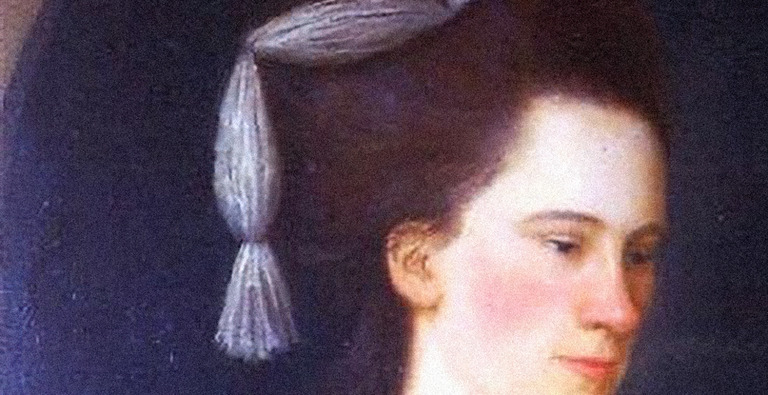
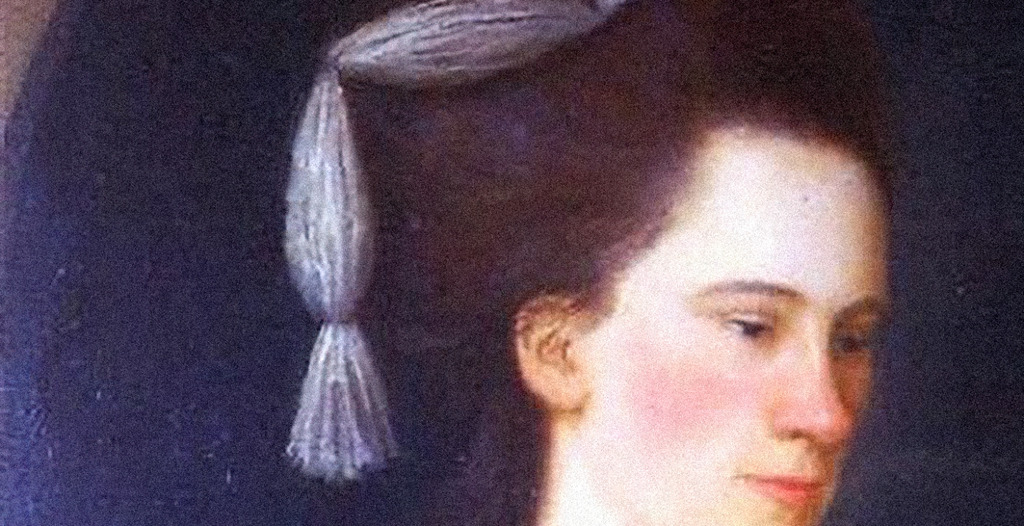
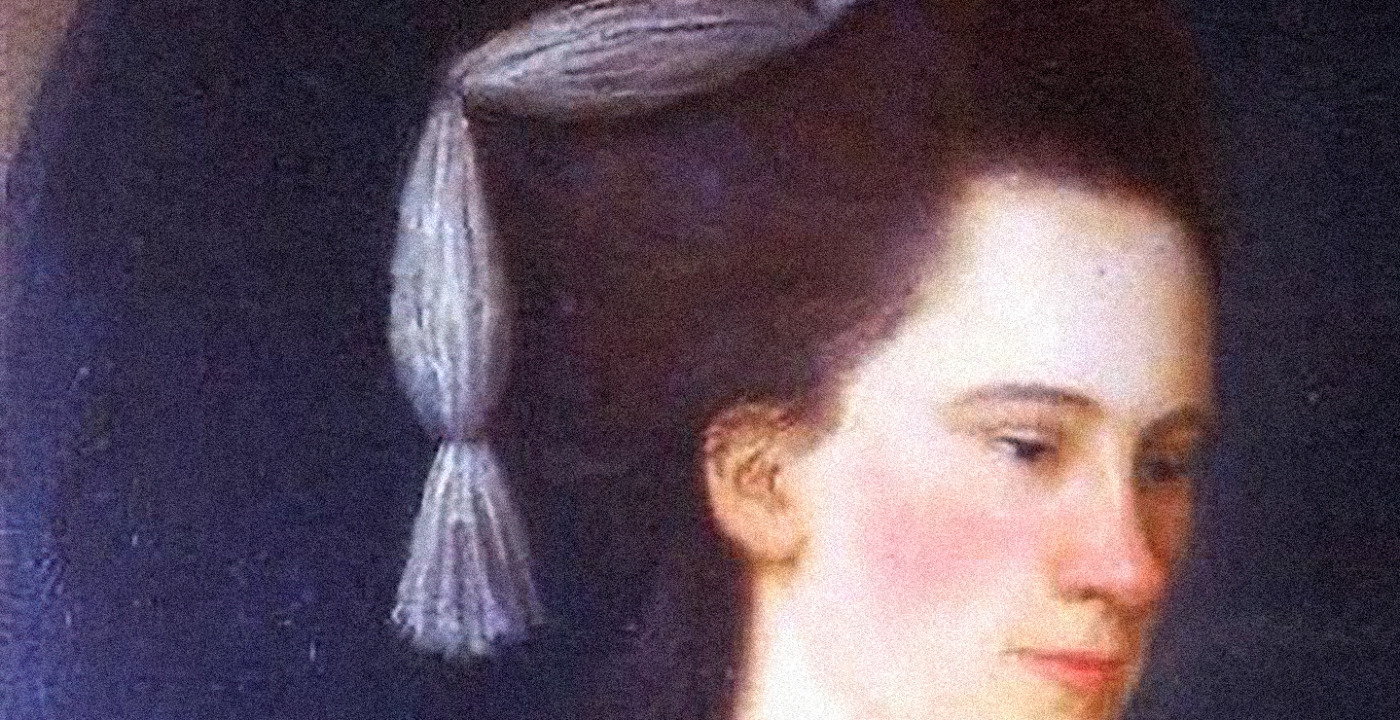
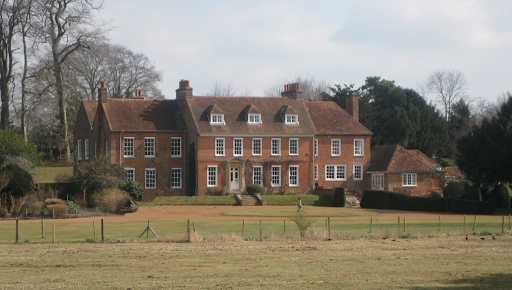
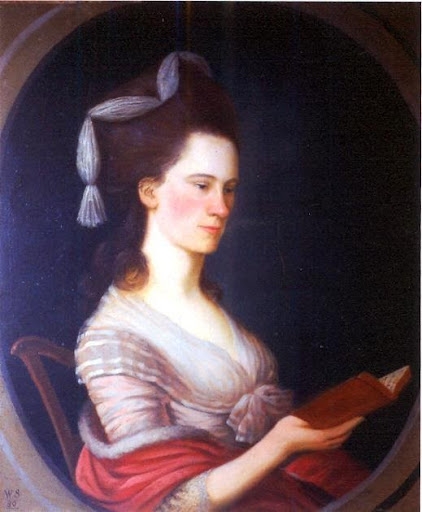
Comment
Your message was sent successfully